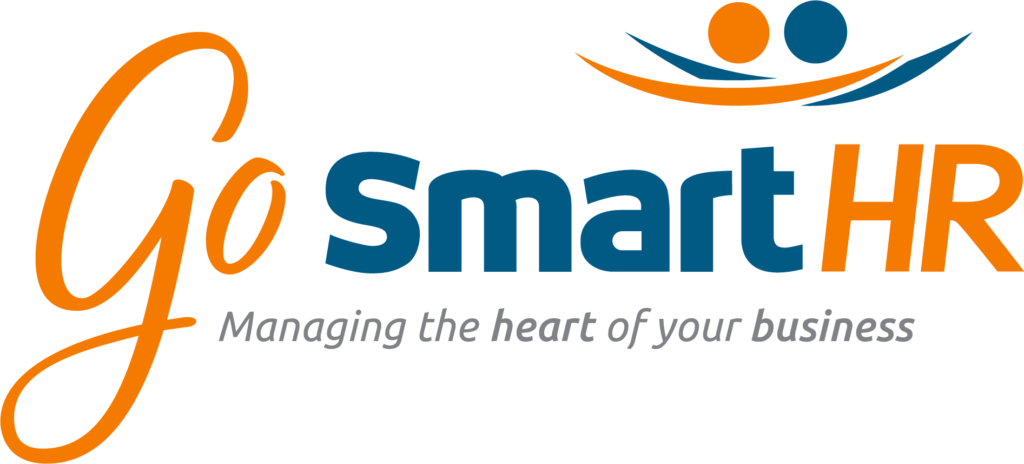HR Executives who have previously used disparate systems are the first to espouse the benefits of a unified HR system.
From an operational perspective, one of the most compelling arguments for adopting a unified HR system lies in its ability to streamline various processes within the HR domain. Here’s how this integration paves the way for a more efficient HR operation:
Unified User Experience: With a single system, HR professionals, managers, and employees experience a consistent interface across different HR functions. This reduces the learning curve and accelerates the adoption rate of the system.
Elimination of Data Silos: In a fragmented system, data is often trapped in isolated pockets, making access and cross-referencing a challenge. A unified HR system bridges these gaps, ensuring data flow across various functions seamlessly.
Automated Workflow: With all data housed in one platform, processes can be automated with ease. For instance, once an employee is onboarded, their data can be automatically populated into payroll, benefits, and training modules without manual intervention.
Efficient Communication: Centralized systems foster better communication. If an employee updates their contact information or any other personal detail, it’s reflected throughout the system, ensuring all departments have access to the latest information.
Reduced Administrative Burden: With streamlined processes, HR professionals can focus on more strategic tasks instead of getting bogged down with manual data entry and transfers between systems.
Consistent Data Entry Points: With a unified platform, there’s a standard method for entering and updating information. This uniformity reduces errors and inconsistencies that often arise from using multiple systems.
Integrated Talent Management: Everything is interlinked from recruitment to performance management. HR can track an employee’s journey, noting milestones, achievements, and areas for growth, all in one place. This provides a holistic view of an employee’s progression within the organization.
Real-time Updates: Changes made in one area of the system can be instantly reflected across all modules. This ensures that every function, whether it’s payroll, training, or benefits administration, operates with the most up-to-date information.
Additional benefits for organizations include:
Data Consistency: With multiple systems, there’s a high risk of data inconsistency and duplication. A unified system ensures one source of truth for all HR data.
Enhanced Decision-making: Having access to holistic data facilitates better decision-making. HR professionals can derive actionable insights from a comprehensive view of an employee’s journey, allowing them to make more informed decisions. The GoSmartHR Dashboards and organograms are a firm favourite with customers as they get a bird’s eye view of critical data.
Reduced IT Complexity: From an IT standpoint, managing multiple systems is a challenge. It can lead to integration issues and increased costs. A single HR system reduces complexity and ensures smoother IT operations.
Cost Efficiency: Maintaining multiple systems is cumbersome and expensive. Consolidating into one system can lead to significant cost savings in the long run, from reduced software licenses to lower training costs.
In essence, the streamlining of processes within a unified HR system brings about a synergy that’s hard to achieve with fragmented tools. It ensures fluidity, reduces redundancies, and drives operational efficiency, making it a game-changer for modern HR management.
Ultimately, a unified HR system that manages the employee lifecycle from hire to retire offers many benefits. It not only streamlines operations and reduces costs but also provides actionable insights, ensuring companies can get the most out of their most valuable asset – their people. As the business world becomes even more data-driven, the importance of such systems will only continue to grow.
Improved Employee Experience: An integrated system provides employees with a centralized platform for all their needs – from accessing pay stubs and requesting time off to seeking training. This can significantly improve their experience and satisfaction.
Compliance & Reporting: With legislation constantly evolving, staying compliant is crucial. A unified system can be updated to align with new regulations, ensuring that businesses always remain compliant. Additionally, generating reports becomes much more efficient.
Advanced Analytics: By pooling all the HR data into one system, companies can leverage advanced analytics. This means better forecasting, understanding employee churn, predicting hiring needs, and much more.
Enhanced Security: Consolidating data into one platform typically allows for better security protocols. Companies can focus their efforts on securing one system rather than spreading resources thinly across multiple platforms.
Scalability: As businesses grow, so do their HR needs. A unified system can be scaled up efficiently to accommodate increasing data and functionalities


